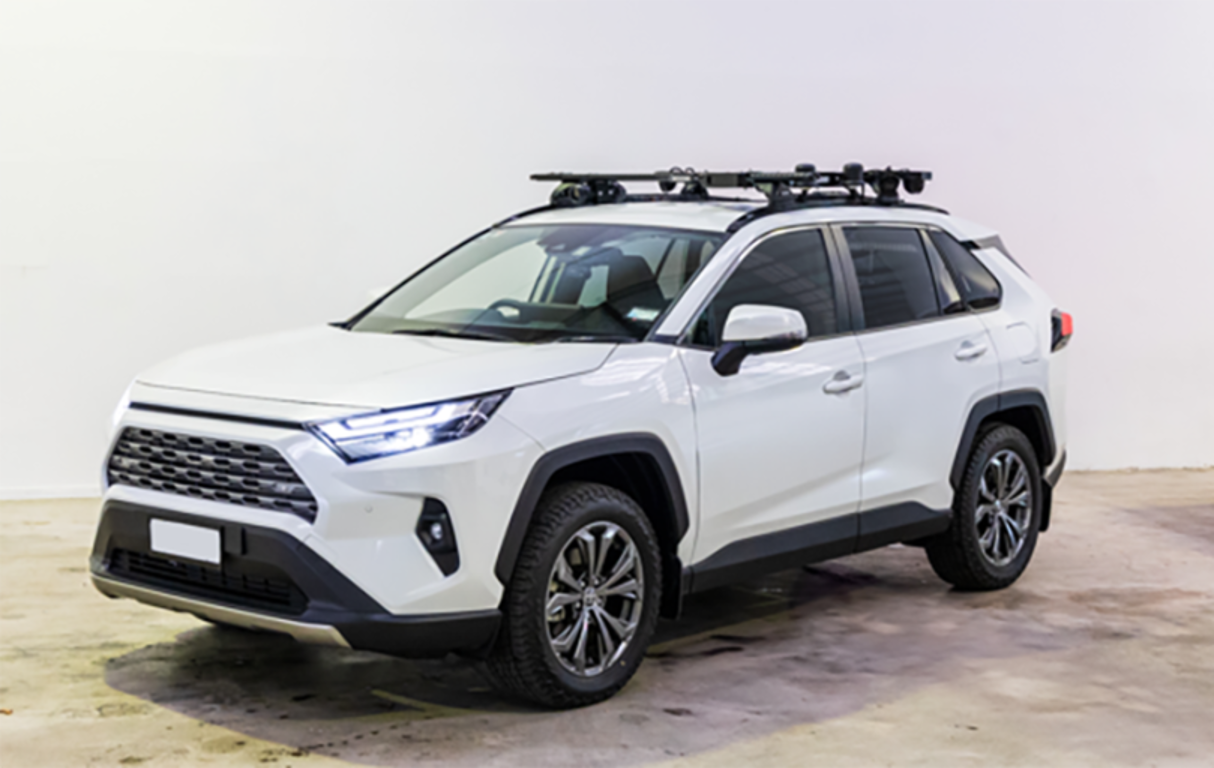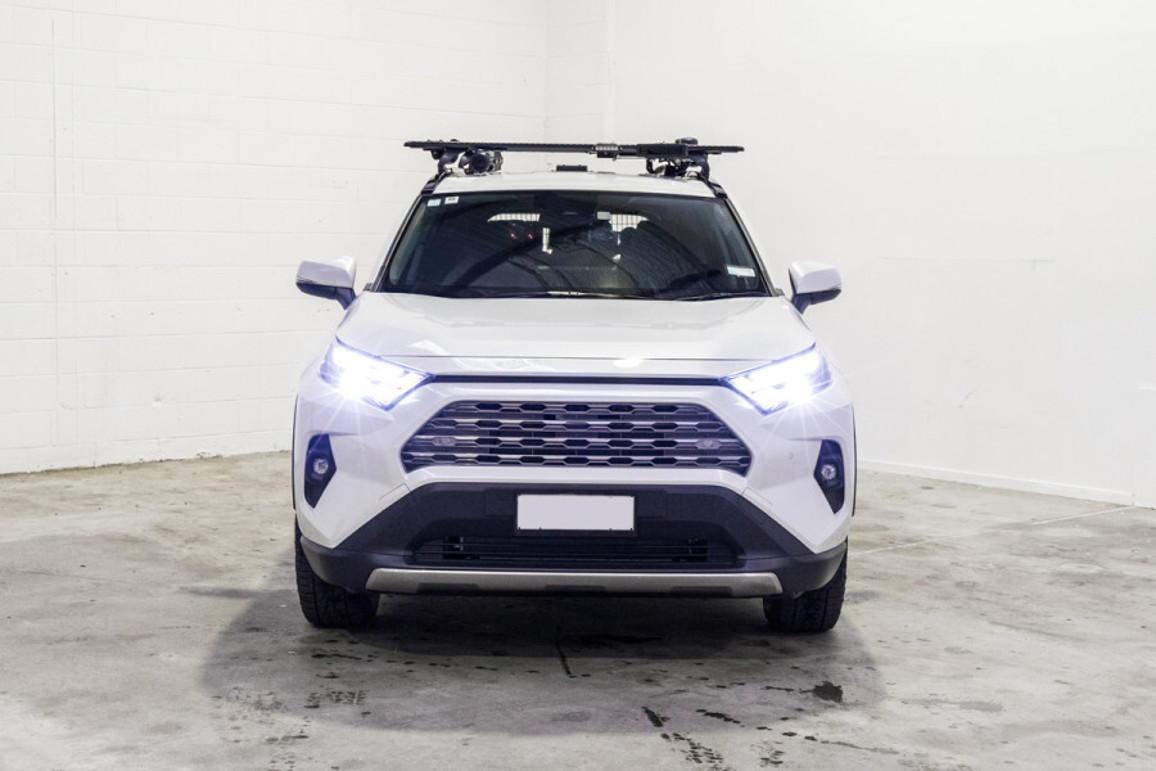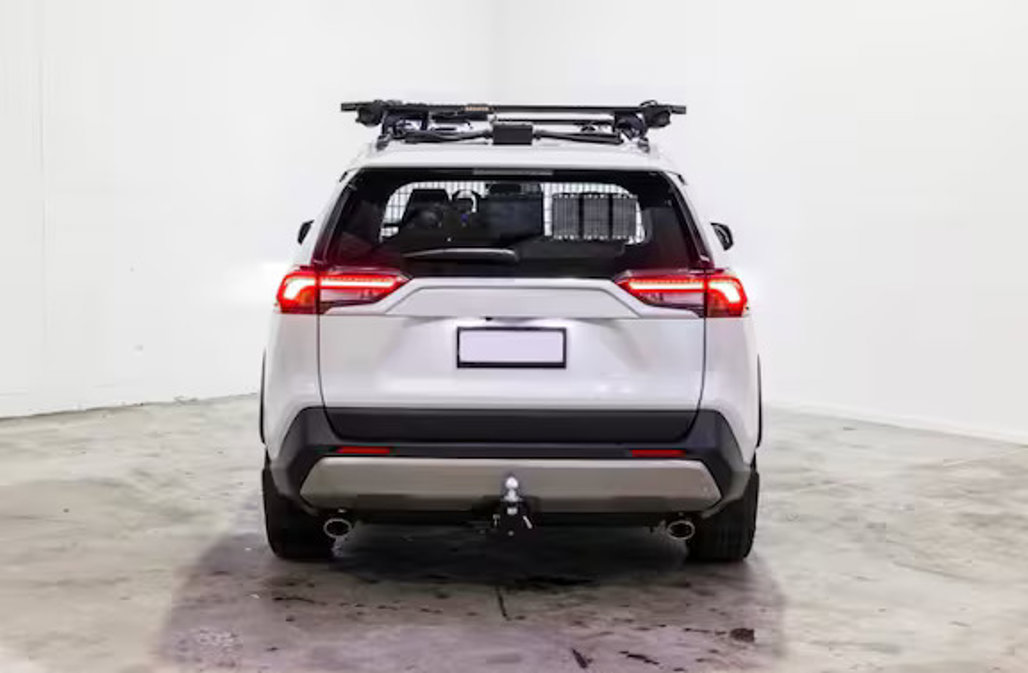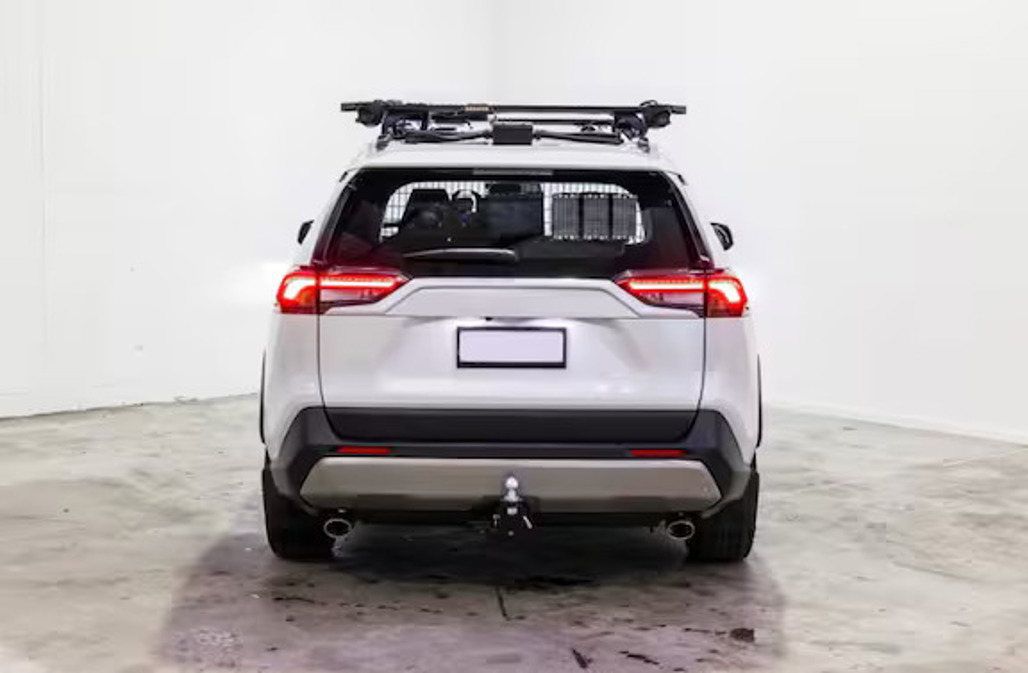New Zealand Transport Agency Waka Kotahi (NZTA) has started its takeover of mobile speed camera operations from NZ Police.

The vans traditionally used by Police will continue, but NZTA is also introducing SUVs (a first for mobile cameras) and ultimately even a bespoke trailer unit.
The first camera-equipped SUV was on roadsides across Auckland from May 13. While NZTA hasn't given details of what that vehicle is, it has handily provided a media-release image of a white Toyota RAV4 with camera gear installed and roof racks.
Other SUVs and the new trailers will join the fleet over time to comprise a total of 44 mobile cameras – 35 of which will be operating in any given period.

NZTA says the exact timing and location of mobile safety cameras is "informed by evidence, which may include crash data and feedback from local communities.
“Mobile cameras will be used in places where there is a risk of people being killed or seriously injured in a crash. Evidence shows that unsigned mobile safety cameras are twice as effective at reducing crashes than signposted cameras, so while our safety cameras in SUVs and trailers will be visible to drivers and will not be hidden, they won’t be signposted.”

Vehicles have multiple cameras to measure speed both towards and away from the vehicle, as well as cameras to check the “setup” of vehicles (mobile phone usage?) and CCTV coverage. NZTA says they won’t be set up within 250 metres of an overtaking lane or where a speed limit drops, or within 1km of another camera. They will be legally parked, although NZTA says it may seek exemptions on time-restricted areas.
The cameras are operated by an external company, Acusensus. However, NZTA makes the decision on whether an infringement notice will be issued and neither organisation receives incentives or funds from tickets issued. Safety camera infringement fees go into the Government Consolidated Fund.
From 1 July 2025, NZTA will be responsible for the operation of all safety cameras and NZ Police will no longer operate their mobile safety camera vans. However, Police officers will continue to issue notices for offences they detect.





